A Comprehensive Guide to Know Oil and Gas Exploration
Oil and gas exploration is a complex and critical component of the global energy economy. It entails systematically searching for underground hydrocarbon reserves such as crude oil and natural gas. In this article, we will dig into the intriguing world of oil and gas exploration, investigating the methods, technology, environmental concerns, and future prospects of this vital business.
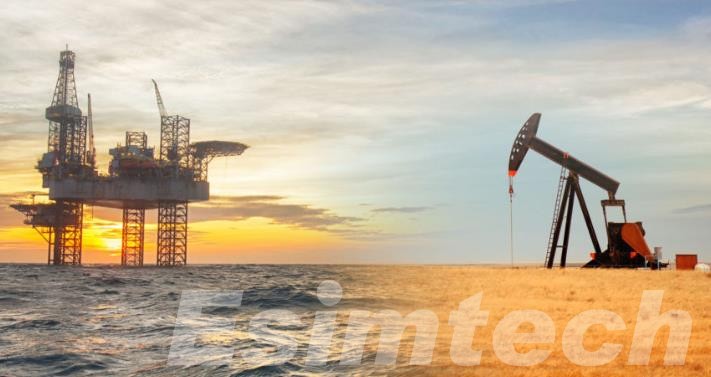
The Basics of Oil and Gas Exploration
Geological Surveys
Geologists perform significant research before drilling begins to discover promising geological formations. These investigations investigate rock strata, subsurface features, and probable source rocks for hydrocarbons.
Seismic surveys are important in mapping subsurface structures. Sound waves are used in these surveys to create detailed photographs of subterranean formations.
Exploration Drilling
Exploratory drilling begins if a promising area is located. This involves drilling exploratory wells to assess the presence and quantity of hydrocarbons.
Core samples and data from these wells provide valuable information about the reservoir’s characteristics, such as depth, pressure, and temperature.
Reservoir Evaluation
A comprehensive reservoir study is critical for determining a discovery’s commercial potential. Engineers evaluate parameters such as porosity, permeability, and fluid characteristics.
Advanced technologies such as well logging and pressure testing aid in the collection of essential data required to make informed judgments.
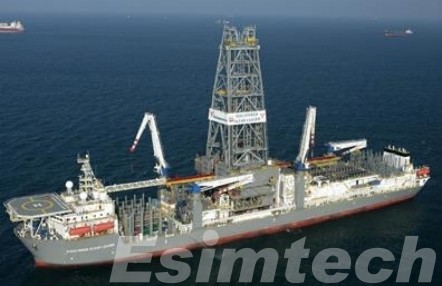
Technologies and Tools Used in Oil and Gas Exploration
Technological advancements have transformed the oil and gas exploration sector, allowing for more efficient and precise means of identifying and extracting hydrocarbon sources. These technologies and techniques are critical in lowering exploration risks and enhancing overall industry effectiveness.
Seismic Imaging
2D and 3D Seismic Surveys: Seismic surveys are essential for mapping subsurface structures. They involve sending seismic waves into the ground and recording the reflections. These data help create detailed images of geological formations and potential reservoirs.
4D Seismic Monitoring: This advanced technique tracks changes in reservoirs over time, providing insights into reservoir behavior and optimizing production strategies.
Remote Sensing
Satellite Imagery: Satellites outfitted with a variety of sensors take high-resolution photographs of the Earth’s surface. This information is utilized to track changes in terrain, vegetation, and land usage, which helps identify possible exploration sites.
Aerial Surveys: Drones and aircraft equipped with specialized sensors can gather detailed data over specific areas, even in remote or inaccessible locations.
Well Logging
Wireline Logging: To assess parameters such as rock density, porosity, resistivity, and fluid composition, logging tools are dropped into a well. This information aids in determining the reservoir’s properties.
Mud Logging: Drilling mud analysis for hydrocarbon content and geologic information gives real-time information on subsurface conditions.
Well Logging Simulator: A well logging simulation system is a computer software application used in the oil and gas sector to mimic electromagnetic wave propagation through geological strata surrounding a well. A “logging tool” is dropped into the borehole during the drilling operation to collect data about the rock formations and fluids surrounding the well. This information is utilized to construct a subsurface image and identify prospective hydrocarbon reserves.
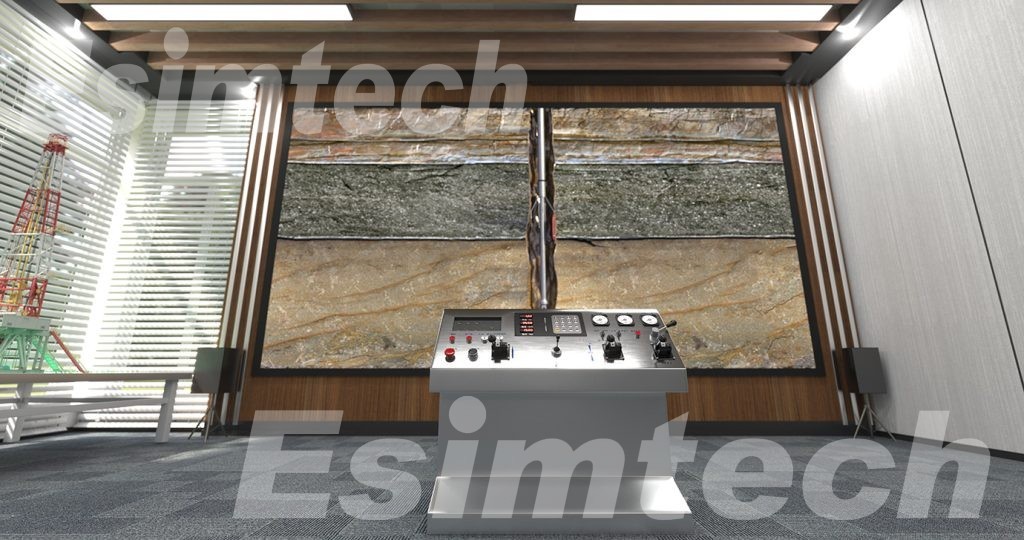
Directional Drilling
Rotary Steerable Systems: These drilling systems allow operators to to direct the direction and trajectory of the drill bit, allowing them to access reservoirs that are not directly beneath the drilling spot.
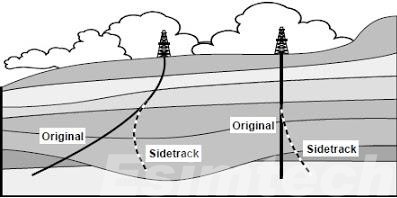
Measurement-While-Drilling (MWD) and Logging-While-Drilling (LWD): These devices provide real-time data on drilling conditions, allowing operators to change the drilling operation quickly.
Reservoir Simulation
Numerical Reservoir Modeling: Advanced oil and gas software is utilized to generate 3D reservoir models that simulate fluid flow and pressure fluctuations. This assists reservoir management and production strategy optimization.
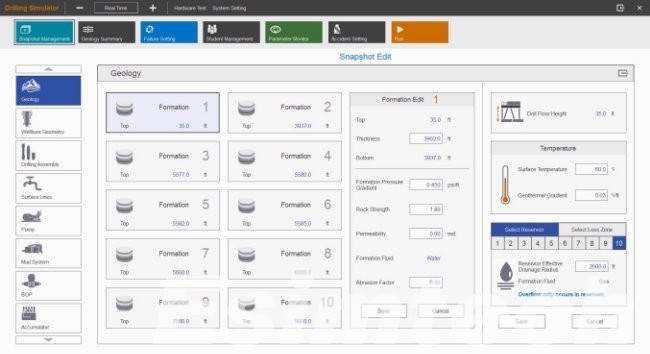
Simulation technology is based on petroleum engineering and petroleum equipment. The purpose of oil and gas simulation system is to help major exploration and drilling training centers conduct training in various petroleum areas which include rig installation, well logging, oil and gas gathering and transportation, fracturing and acidizing, coiled tubing, drilling well control, oil and gas production, downhole operations and more. The development of these online simulation systems has played an important role in the development of the petroleum industry.
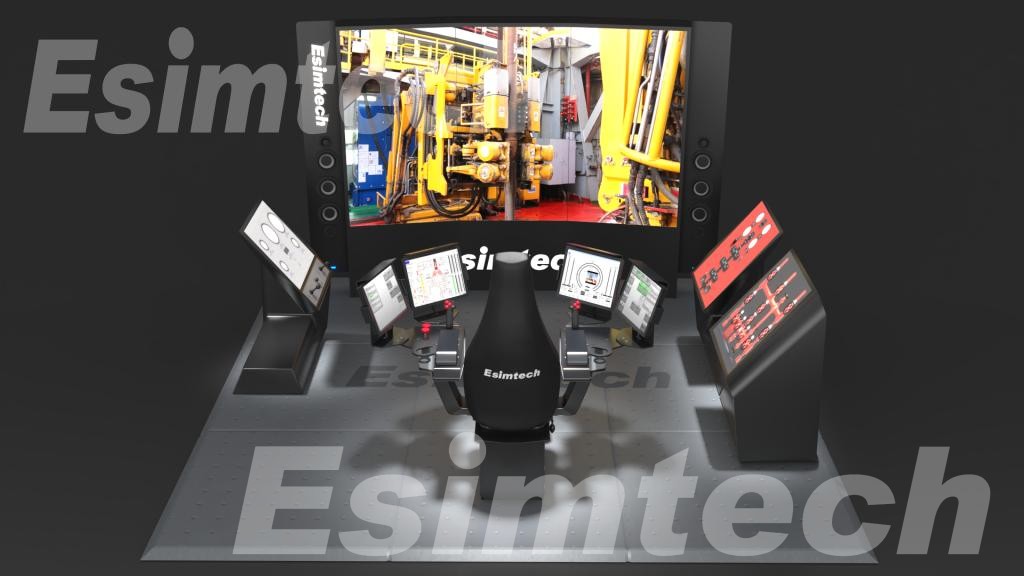
Subsea Technologies
Subsea Robots (ROVs): Remote Operated Vehicles are used for inspecting and maintaining subsea equipment and pipelines, especially in deepwater exploration.
Subsea Imaging and Mapping: Sonar and underwater cameras help create detailed maps of the seafloor and underwater structures.
Geochemical Analysis
Geochemical Surveys: These studies analyze surface soil, rock, and water samples to detect hydrocarbon indicators and provide information about the presence of oil and gas reservoirs.
Data Analytics and AI
Machine Learning: AI algorithms are employed to process vast amounts of exploration data, making predictions about reservoir properties and drilling conditions.
Big Data Analytics: Analyzing big datasets from different sources aids in the identification of exploration trends and the optimization of decision-making.
Environmental Monitoring
Environmental Sensors: Continuous monitoring of air and water quality, as well as wildlife observation, ensures compliance with environmental regulations and helps mitigate impacts on ecosystems.
Drilling and Well Completion Technologies
Advanced Drill Bits: Drill bit designs that have been improved improve drilling efficiency and longevity.
Casing and Completion Technologies: Casing material and well-completion method advancements improve well integrity and production rates.
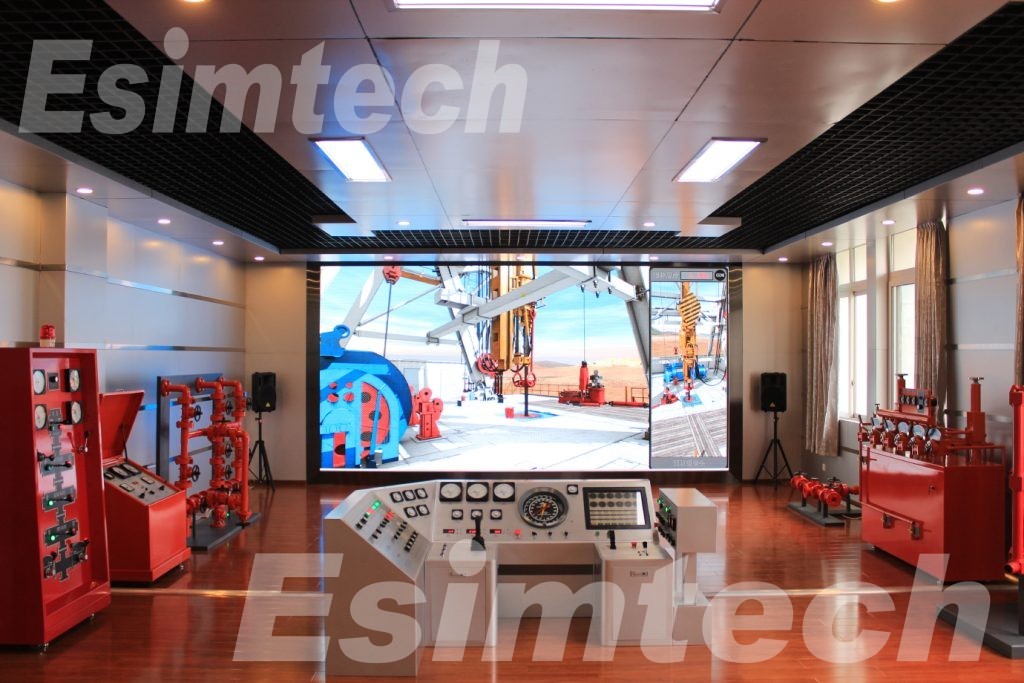
Future Prospects and Challenges of Oil and Gas Exploration
Future Prospects
Technological Advancements: Continued innovation in exploration technologies will likely lead to more precise and cost-effective methods for locating hydrocarbon reserves. This includes advancements in seismic imaging, well drilling, and reservoir simulation.
Unconventional Resources: Unconventional resource exploration, such as shale gas and tight oil, is likely to increase. These resources have radically altered the energy landscape.
Deepwater Exploration: As shallow-water resources become scarcer, deepwater exploration in offshore areas is expected to increase. Advances in subsea technology will make it more feasible to extract hydrocarbons from greater depths.
Renewable Energy Integration: Many oil and gas companies are diversifying into renewable energy sources like wind, solar, and hydrogen. This shift towards cleaner energy can open up new exploration opportunities and reduce the industry’s carbon footprint.
Global Energy Demand: Despite the growth of renewables, global energy demand is expected to continue rising for the foreseeable future. This will necessitate ongoing exploration for conventional hydrocarbons to meet this demand.
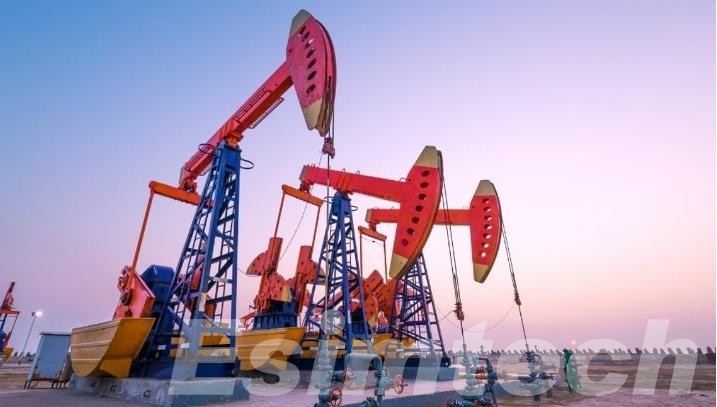
Future Challenges
Environmental Concerns: The oil and gas industry is under increasing pressure to reduce its environmental footprint. Stricter rules and more public awareness of climate change are encouraging cleaner exploration and production practices.
Energy Transition: As the world transitions to cleaner energy sources, the demand for fossil fuels may decline, impacting the economics of exploration projects. Oil and gas companies must adapt to this changing energy landscape.
Geopolitical Risks: Exploration is frequently conducted in politically volatile areas, posing hazards associated to geopolitical conflicts, regulatory changes, and supply interruptions.
Resource Depletion: Discovering new, large, and easily accessible reserves is becoming more challenging. Many areas have already been explored extensively, leaving fewer untapped resources.
Cost and Risk Management: Exploration is an expensive and risky endeavor. Managing exploration costs while mitigating risks associated with drilling dry wells is a constant challenge.
Public Perception: The oil and gas industry must navigate public perceptions, which are increasingly negative due to concerns about climate change and environmental degradation. Building and maintaining a social license to operate is crucial.
Evolving Energy Markets: Energy price fluctuations and market dynamics can have an impact on the economic viability of exploratory initiatives. Oil price volatility, for example, can affect investment decisions.
Technological Uncertainty: While technology creates opportunity, it also creates uncertainty. Long-term investment decisions can be complicated by rapid technology progress.
Resource Nationalism: Some countries are enacting laws that promote governmental control over natural resources, which presents difficulties for foreign oil and gas companies operating in those areas.
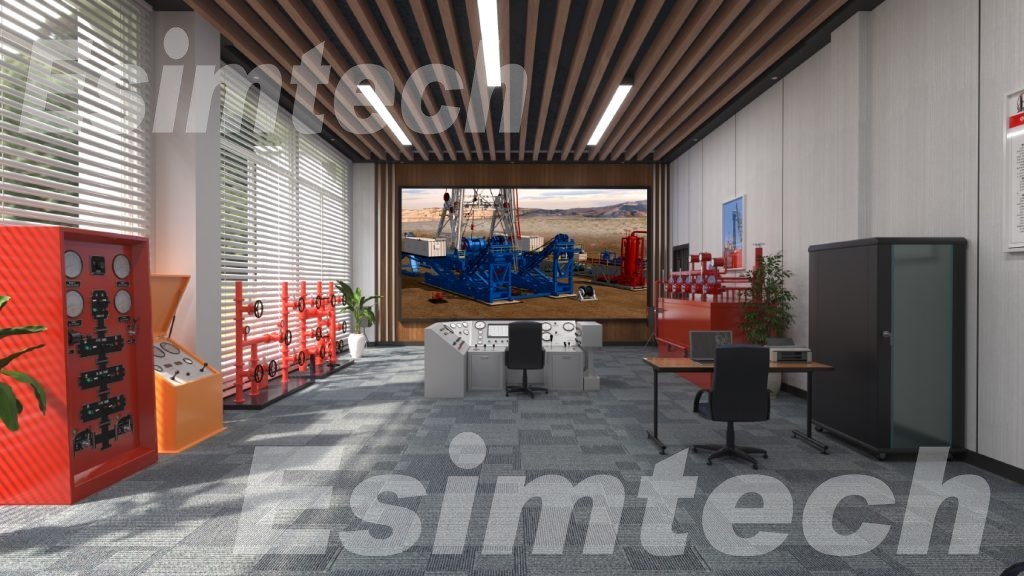
Conclusion
Oil and gas exploration continues to be a critical component of the global energy landscape, supplying the resources that power our contemporary world. The industry continues to adapt to the changing energy situation through innovative technologies, responsible practices, and a dedication to sustainability.
